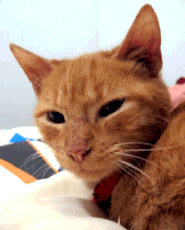gastrointestinal lymphoma in cats
Web Cats with mucosal lymphoma n ¼ 86 consisted of 51 males and 35 females. Feline GI lymphoma is histologically classified as low intermediate.
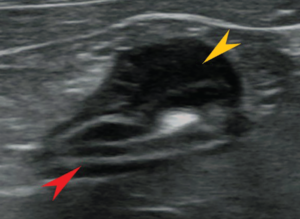
Living With Lymphoma Catwatch Newsletter
Web Gastrointestinal lymphoma in cats is a form of alimentary cancer which occurs in the intestinal tract of a cat.
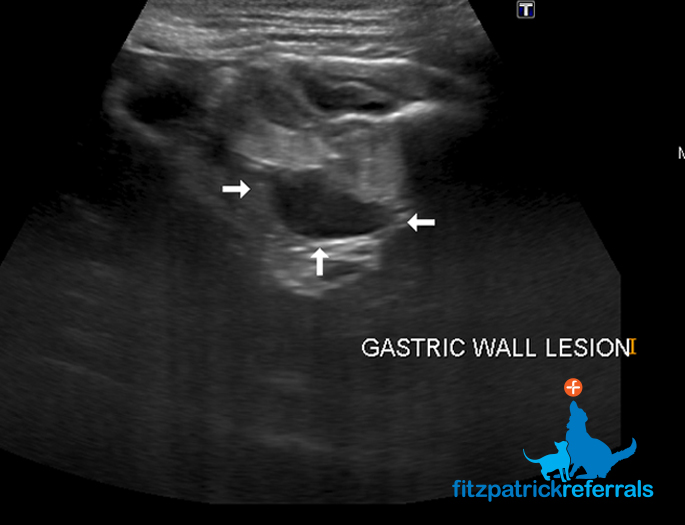
. Chemotherapy and radiation are commonly used to treat cats with. Web CE Lymphoma is the most commonly diagnosed neoplasm in cats and gastrointestinal GI lymphoma is now the most common anatomic form. Most cats with GI lymphoma test.
Web Cats With Gastrointestinal Lymphoma Have A Good Prognosis With Aggressive Treatment. Web The prognosis for gastrointestinal lymphoma in cats depends on the type of lymphoma. Web Gastrointestinal lymphoma in cats is an increasingly common disease that can affect a cats small intestine stomach liver abdominal lymph nodes or large intestine.
Web Symptoms of lymphoma very much depend on where the cancer is. It is perhaps one of the most common types of all cancer. Web Gastrointestinal lymphomas were identified in 120 cats between 1995 and 2006.
Web Lymphoma in cats is now most commonly seen in the intestines. Small cell lymphoma SCL may be managed for some time with medications B12. Intestinal lymphomas usually cause poor eating weight loss diarrhea and vomiting.
Web Gastrointestinal GI or alimentary lymphoma is the most common form of lymphoma in cats1-3. The following signs and symptomsmay indicate that a cat has developed this kind of cancer. The mean age at the time of diagnosis was 126 years SD 34 years.
The blood tests are often. Web Bloodwork is likely to be normal in cats with gastrointestinal lymphoma and ultrasound of the intestinal tract may show thickening of intestines or intestinal masses though it may. Web Due to the commonality of feline inflammatory bowel disease IBD its worth noting that cats with small cell lymphoma also often have IBD.
Web What Are The Symptoms of Lymphoma in Cats. Lymphomas were classified according to the World Health Organization WHO scheme. GI lymphoma occurs mostly in older cats from 9 to 13 years of age and is most often detected in the small intestine.
Refusing to be touched. Appetite loss or sudden weight loss 2. For example cats with gastrointestinal lymphoma may vomit have diarrhoea and lose.
Some of the signs of intestinal lymphoma in cats are weight loss changes in appetite.

Lymphoma In Cats Veterinary Partner Vin

Feline Lymphoma Veterinary Teaching Hospital Washington State University
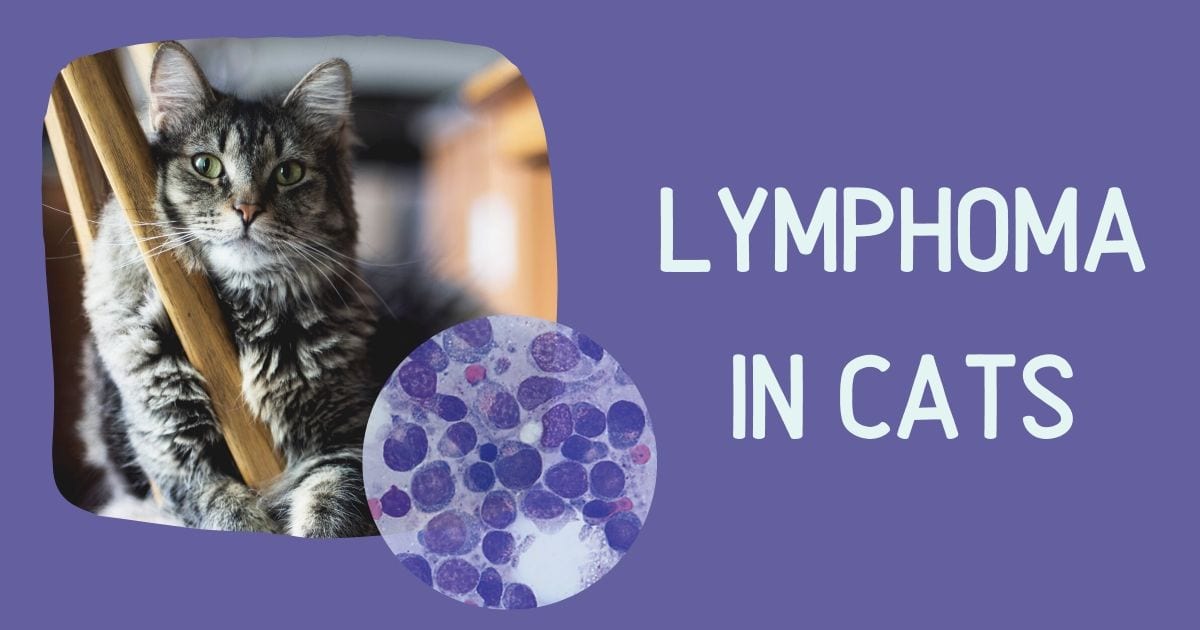
Lymphoma In Cats I Love Veterinary
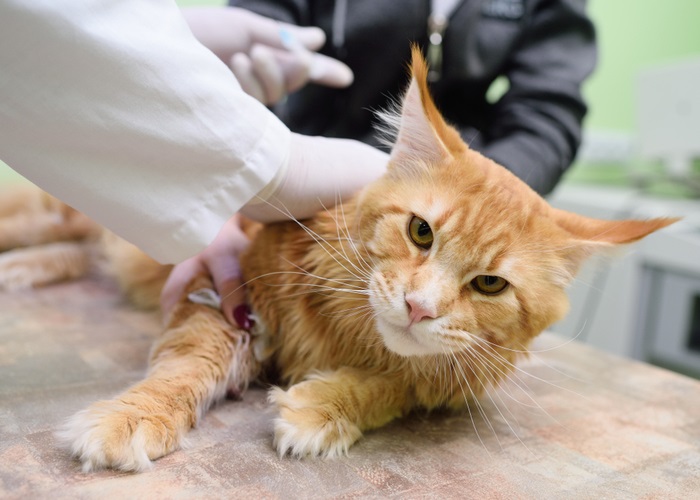
Lymphoma In Cats Symptoms Diagnosis Treatment All About Cats

Feline Lymphoma Lsa Paws4potter

The Vomiting Cat That S Normal Right Just Cats Clinic

Feline Alimentary Lymphoma 1 Classification Risk Factors Clinical Signs And Non Invasive Diagnostics Vanessa Barrs Julia Beatty 2012

Feline Lymphoma Diagnosis And Treatment

Alimentary Lymphoma In Cats And Dogs Veterinary Clinics Small Animal Practice

Lymphoma In Cats The Conscious Cat
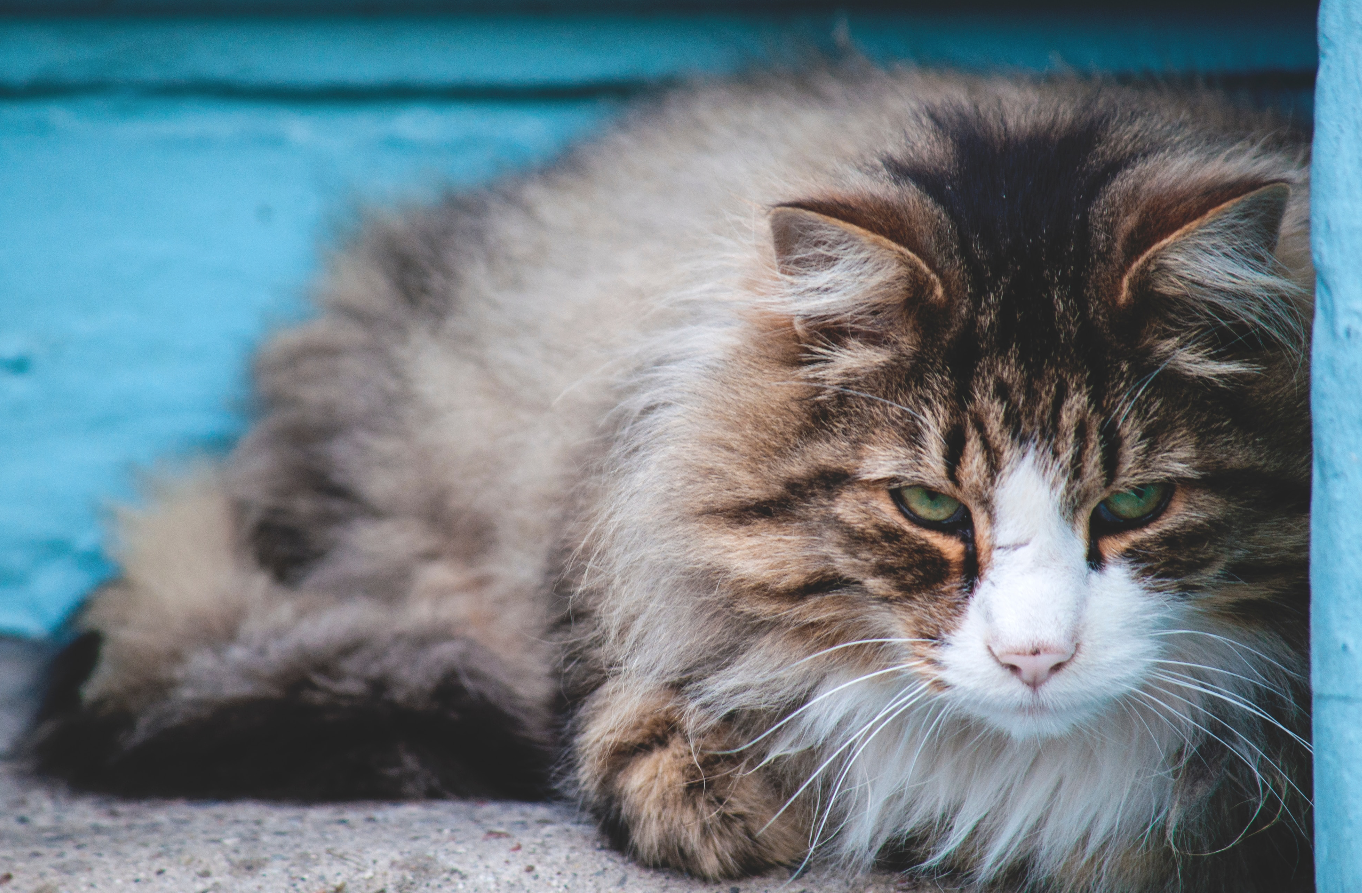
Vet Talks Gastrointestinal Lymphoma In Cats

Understanding Lymphoma In Cats
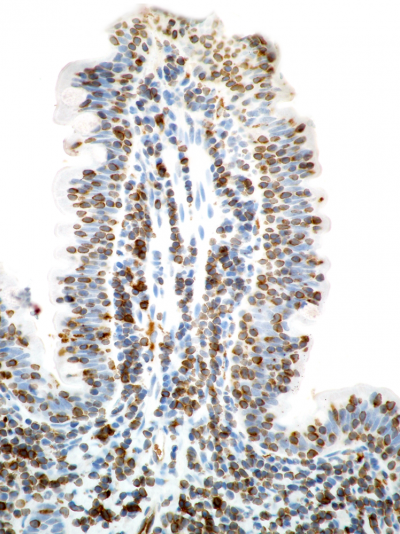
Differentiating Feline Intestinal Lymphoma From Inflammatory Bowel Disease Ibd College Of Veterinary Medicine At Msu

Scielo Brasil Feline Lymphoma In The Nervous System Pathological Immunohistochemical And Etiological Aspects In 16 Cats Feline Lymphoma In The Nervous System Pathological Immunohistochemical And Etiological Aspects In 16 Cats

Feline Low Grade Intestinal T Cell Lymphoma A Unique Natural Model Of Human Indolent T Cell Lymphoproliferative Disorder Of The Gastrointestinal Tract Laboratory Investigation

Lymphoma In Cats Mar Vista Animal Medical Center

Scielo Brasil Feline Lymphoma In The Nervous System Pathological Immunohistochemical And Etiological Aspects In 16 Cats Feline Lymphoma In The Nervous System Pathological Immunohistochemical And Etiological Aspects In 16 Cats
